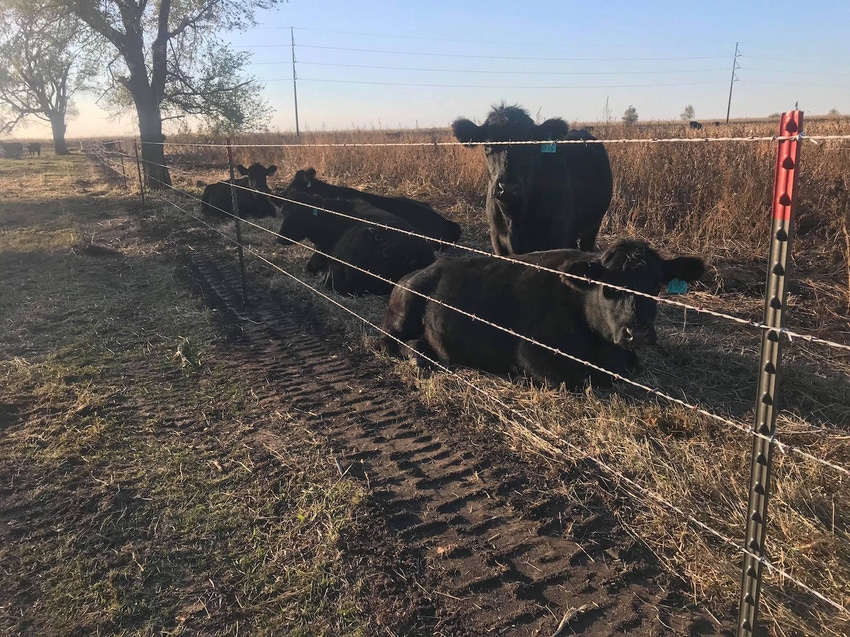Risk, capital investment, external pressures and public relations issues continue to challenge beef producers. Will the next generation be able to handle it all?
November 28, 2018

In the next few years, nearly 10% of the nation’s 93 million acres of farmland will change hands with much of it transferring ownership through gifts, will or trusts. For the Millennials and Generation Zers hoping to get into production agriculture, that means many will have to be “born into it” or will need to have a hefty load of cash to make the capital investments in land and agricultural properties.
To that end, yesterday a quarter of pasture was for sale 7 miles from our ranch. The grass would have been a nice investment for Tyler and I as we grow our cow herd, but alas, as the price per acre skyrocketed far beyond the depths of our pocketbook, I was reminded we better not quit our day jobs!
Later on in the day, I attended our state’s cattlemen’s convention where the agenda covered topics such as fake meats, agricultural property taxes, sustainable beef production and more. A scan of the room revealed, even in my early 30s, I was still among the youngest in the room.
Which begs the question, where are the young people? The reality is we are losing the next generation of farmers and ranchers at rapid speed.
And it’s not for a lack of desire. I have countless friends who maintain jobs in the city while pining to go back to the ranch. However, as inputs have skyrocketed and capital investments continue to increase, it can be extremely limiting and a slow-going process for the next generation to get started or advance forward in their production goals.
Not that I’m complaining. I’m always up for a challenge. I know where there’s a will, there’s a way. That’s why it’s so important to me to attend these meetings and be a lifelong learner of the beef cattle industry.
Yet, I was reminded recently of the other challenges that our parents and grandparents didn’t face in their agricultural careers.
Earlier this week, I was on a Zoom call with a researcher who specializes in how beef-centered diets can reduce the rates and reverse the symptoms of Type 2 diabetes and metabolic syndrome. The conversation veered toward my life in cattle country, and this researcher asked me if I was frustrated by the continued attacks on the beef industry.
He said, “It’s coming at you from every direction! The animal rights activists, the environmental groups, the nutritionists — they all attack beef every single day.”
He hit the nail on the head with that sentiment, and I couldn’t help but wonder how these external threats will shape the future of beef production in the upcoming years. With new protein products entering the retail space, we must continue to fiercely protect beef’s nomenclature and the reputation we have bought and paid for with our Beef Checkoff dollars.
I don’t mean to sound like a pessimist here, but I do write with a sense of urgency. Our industry is under attack, and we can no longer fully rely on our lobbyists in Washington, D.C. to keep the lions at the gate.
We must continue to engage, whether that’s on social media, in conversations within our respective communities or on a political platform such as making your opinions known on the issue fake meats before the end of the public comment period on Dec. 26.
The opinions of Amanda Radke are not necessarily those of beefmagazine.com or Farm Progress.
About the Author(s)
You May Also Like





